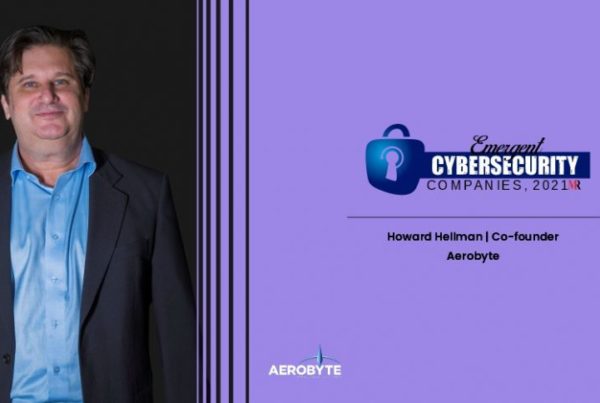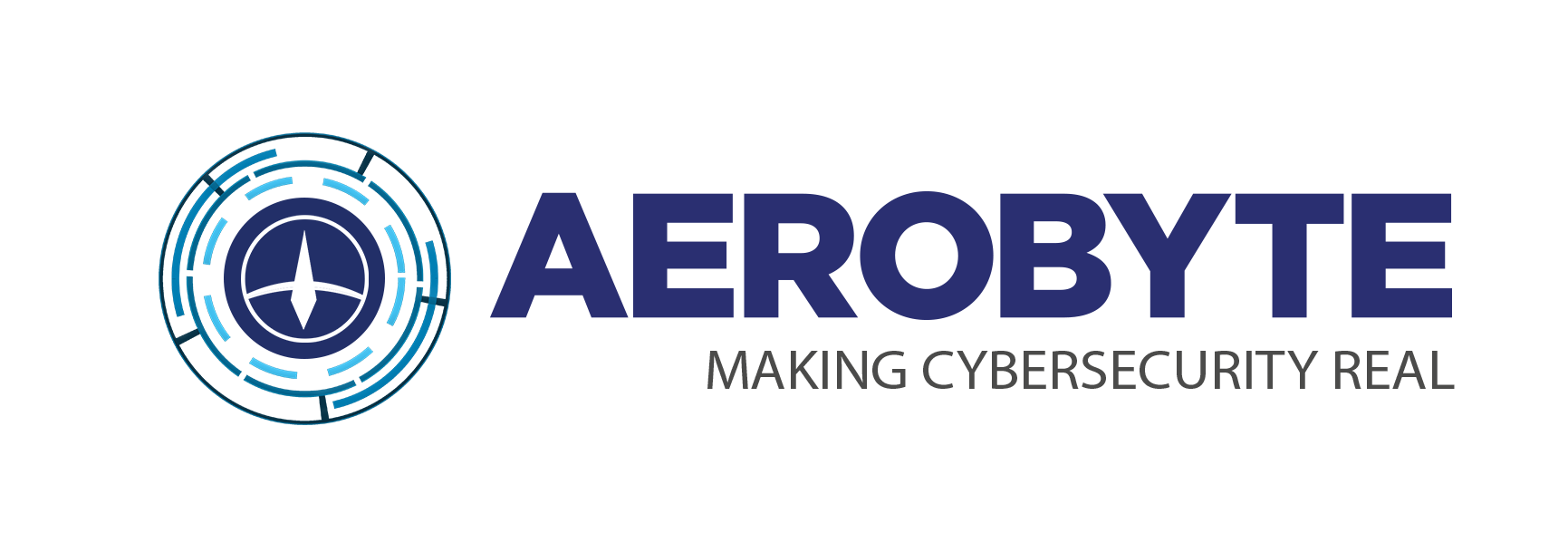The internet is fundamentally flawed by design.
What was once a friendly tool to communicate with has entrenched itself in our daily lives since the cloud’s adoption, and organizations moved away from dedicated leased lines and frame relays to leverage the internet for communication; nefarious actors have exploited those weaknesses to create this paradox today when no one’s information is safe. Although the ARPANET, the predecessor to the internet, did essential include the fundamentals for security, and what we see today that solution providers are adopting some of those principles of information security over the open web.
With that in mind, the CIO’s and other industry experts are starting to realize that these expensive, elaborate castle perimeter defense models do not work in today’s environment. However, many vendors keep building technologies to try and enhance protection within a flawed system. It is like trying to plug a hole in a sinking boat before it hits the bottom of the ocean. Now that IoT, 5G, AI/ML plus. Are requirements for IT staff to meet the security standards that organizations need to maintain at a price point the organization can afford.
Edge Computing is the new frontier. Who is going to provide protection?
There is an infinite number of use cases for organizations that want to leverage edge computing, proving this type of computing to be invaluable, like how organizations adopted the cloud or virtualization. New technologies do come with risks that are associated with adopting new technology.
There are numerous factors to consider depending on how organizations plan on implementing Edge computing. Security will become a substantial component of a projects’ success or failure. Some may find themselves in the news or answering to their boards, shareholders, or customers.
Zero Trust and some other bells and whistles not covered here will protect Edge Computing. There are many moving parts to build out your zero-trust models. I would recommend taking your time and speak with several vendors and get a few opinions.
Provisioning digital identities are the best starting point to deploying Zero Trust model’s.
Zero Trust Authentication is more sophisticated and harder to break than what we still use today, usernames, passwords, and pin codes. These old methodologies had nothing to do with Trust but more to that fact of what you know or what you happen to have for authentication. Solution architects will need to approach the decentralized identity process with caution, not just for users, mobile, workstations, IoT, Servers.
The first step in building a Zero Trust Model comes down to the following. How do you prove that you, your device, service application is whom they are without repudiation while maintaining anonymity?
This process requires proper planning since Edge Computing will rely heavily on Zero Trust and ZTNA to prevent nefarious actors from compromising their systems. In this scenario, if your Zero Trust architecture has a flaw, your entire security will come apart like a threat on a sweater. However, let us not let that be the cause of not adopting zero trust models for Edge Computing, IoT Security. This area does prove to a good opportunity for organizations to start adopting a Zero Trust security model.
While certificate-based authentication provides a more secure connection, it does come with some pitfalls. Private Key protection is one of them that needs to take into consideration. Take some time to map out the identity process, how we are protecting it, and most importantly, what happens if there is a breach of Trust. How do you remediate, how long does it, and at what cost?
When you start integrating Zero Trust Network Access – ZTNA and certificate authentication at the Edge or the endpoint beyond your firewall. It’s important to remember that you are building a decentralized identity and trust process that works with your internal IAM, Active Directory environment. Private Key protection is something that many architects overlook as many keys become exposed to the outside world. It will be even tougher to track down since many tools that organizations are using today will not work with a Zero Trust Architecture. It’s important to stay vigilant and stop adopting new security models for specific use cases, like protecting legacy systems or the supply chain. It’s only a matter of time before organizations will have to make this shift, and it will take some time to get there when thinking about managing Digital Identities and the Integrity of Zero Trust’s lifecycle, especially on an enterprise scale.
I want to reference that I did not cover several other bells and whistles incorporated into your Zero Trust strategy. We will start to cover a variety of topics in other posts. You would like to discuss Zero Trust or have an idea for another, submit your information, to join our newsletter.
Howard Hellman
Howard has a 25-year history of designing complex IT infrastructure solutions. He was noted for his ability to engineer complex Cyber Security, High-Performance Computing, and Cloud environments. Howard Hellman has been a forward thinker in the technology industry and is excited to discuss new concepts in cybersecurity from new vantage points that many IT leaders may have dismissed in the past.
Recent Posts Extra
- Aerobyte Named Top Ten Emerging Cybersecurity Company 2021 June 20, 2021
- Threat Deception can Step Up your Response to a Cyberattack April 9, 2021
- SASE Edge Cloud Security Architecture by Gartner March 27, 2021
- Easy SMS Hijacking March 20, 2021
- Deploying Zero Trust on the Edge, Nightmare, or Match? March 17, 2021
Popular Keywords
Authenticate
certificate authentication
Cyber Defense Framework
cyber risks of distribution
cyber security
cyber security aerobyte
Death of the VPN
Deploying Zero Trust
Edge Computing
Edge Computing Security
emerging cybersecurty
Howard Hellman
IBM Innovator
IoT Edge
IoT Security
mobile security
network security
PKI
Private Key
reduce risk
SDNA
SDP
sim swap
Sms hijaking
software defined perimeter
solar winds
supply chain
supply chain attack
Threat Deception
trust architecture
VPN
VPN dead
zero trust
Zero Trust Architecture
zero trust network
Zero Trust Network Access
ztna
ZTNA Risks
You May Also Like
 Cyber SecurityZero Trust Architecture
Cyber SecurityZero Trust Architecture
Aerobyte Named Top Ten Emerging Cybersecurity Company 2021
Howard HellmanJune 20, 2021
Cyber Security

Threat Deception can Step Up your Response to a Cyberattack
Howard HellmanApril 9, 2021
 Edge ComputingSoftware Defined PerimterZero Trust Architecture
Edge ComputingSoftware Defined PerimterZero Trust Architecture
SASE Edge Cloud Security Architecture by Gartner
Howard HellmanMarch 27, 2021



